Death metal, a genre that reverberates with raw intensity and visceral power, has carved out its unique niche in the realm of heavy music. Known for its aggressive vocals, fast-paced drumming, and heavily distorted guitars, death metal is not merely a genre but a sonic onslaught that pushes the boundaries of musical extremity.
At its core, death metal channels themes that delve into darkness and existential introspection. Lyrics often explore topics like mortality, the macabre, and societal decay, reflecting a profound exploration of the human condition through a lens of brutal honesty. Bands within this genre use their music as a platform to confront the harsh realities of life with unapologetic intensity.
Instrumentally, death metal is characterized by its technical prowess and relentless tempo. Guitarists employ complex riffs and tremolo picking, creating a wall of sound that engulfs the listener in a whirlwind of aggression. Drummers unleash frenetic blast beats and double bass patterns, driving the music forward with relentless energy. These elements combine to create a sonic landscape that is both chaotic and intricately structured.
The vocal style in death metal often features guttural growls or shrieks, adding a primal layer to the music’s visceral impact. This vocal approach, while intense and abrasive, serves to amplify the emotional depth of the lyrical themes explored within the genre.
In the realm of heavy metal, death metal stands as a testament to the genre’s evolution and diversity. It challenges listeners to confront discomfort and explore the darker aspects of human existence through a cathartic musical experience. For those drawn to its unrelenting energy and uncompromising honesty, death metal offers a gateway into a world where chaos and creativity collide in a symphony of sonic intensity.
Unveiling the Evolution of Death Metal: From Origins to Modern Innovations
Death metal, a genre that echoes with primal intensity and technical prowess, has evolved significantly since its inception. From its murky origins in the late 1980s to the groundbreaking innovations of today, the genre has carved out a unique niche in the music world.
Born from the aggressive depths of thrash metal and hardcore punk, death metal emerged in the mid-1980s. Bands like Death, Possessed, and Morbid Angel pioneered its brutal sound characterized by guttural vocals, fast tempos, and intricate guitar riffs. This raw energy and rebellious spirit resonated with audiences seeking music that pushed boundaries and challenged norms.
The 1990s witnessed a surge in death metal’s popularity and diversity. Swedish bands such as Entombed and At the Gates introduced a distinctive style known as “Swedish death metal,” characterized by its buzzsaw guitar tone and melodic sensibilities. Meanwhile, Florida’s death metal scene continued to thrive with bands like Cannibal Corpse and Obituary leading the charge with their unrelenting aggression and macabre lyrical themes.
As the genre progressed into the 21st century, death metal underwent a phase of innovation and cross-pollination with other metal subgenres. Bands began experimenting with progressive elements, incorporating technical virtuosity and complex song structures. This evolution gave rise to subgenres such as technical death metal and melodic death metal, expanding the genre’s sonic landscape while retaining its ferocity.
Today, death metal remains a global phenomenon with bands from diverse cultural backgrounds contributing to its evolution. From the technical wizardry of bands like Obscura and Necrophagist to the atmospheric textures of groups like Blood Incantation, the genre continues to evolve while staying true to its roots. Social media and digital platforms have further amplified its reach, connecting fans and artists across continents and subcultures.
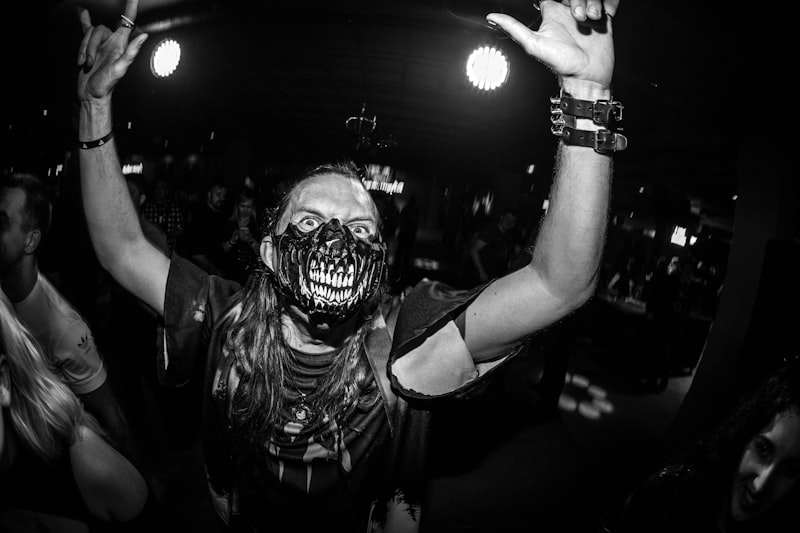
The evolution of death metal is a testament to the genre’s resilience and adaptability. From its gritty origins to its current status as a global force in heavy music, death metal continues to push boundaries and defy expectations. As new bands emerge and established acts continue to innovate, one thing remains certain – death metal’s journey is far from over.
Inside the Subculture: How Death Metal Redefines Music and Identity
Imagine a world where music isn’t just heard but felt deep within your bones, where raw emotion and powerful sound collide to create an experience that transcends mere entertainment. This is the realm of Death Metal, a genre that defies conventions and challenges perceptions.
At its core, Death Metal isn’t just about music; it’s a subculture, a community of individuals united by a shared passion for intensity and authenticity. It’s not uncommon to hear blistering guitar riffs and guttural vocals that seem to defy the limits of human vocal cords. Yet, beyond the aggressive sound lies a profound sense of belonging and expression.
What sets Death Metal apart isn’t just its sonic brutality but its ability to redefine what music means to its listeners. It’s a genre that thrives on pushing boundaries, both musically and socially. Lyrics delve into themes of mortality, darkness, and existential angst, offering a cathartic release for both musicians and fans alike.
In this subculture, identity isn’t just about who you are but about how you express yourself. The music becomes a mirror that reflects the complexities of life, from the mundane to the profound. It’s a place where individuality is celebrated, where fans find solace in the understanding that they are not alone in their struggles.
From packed underground venues to international festivals, Death Metal has carved out a niche that continues to grow. It’s a genre that defies commercialism, thriving instead on a grassroots network of dedicated followers who value authenticity above all else.
Death Metal isn’t just a genre of music; it’s a way of life for those who embrace its ferocity and unapologetic honesty. It challenges listeners to confront their own mortality and find meaning in the chaos. Whether you’re a seasoned fan or a curious newcomer, exploring Death Metal means diving into a world where music and identity intersect in powerful, unexpected ways.
Exploring the Global Impact of Death Metal: Bands, Fans, and Cultural Influence
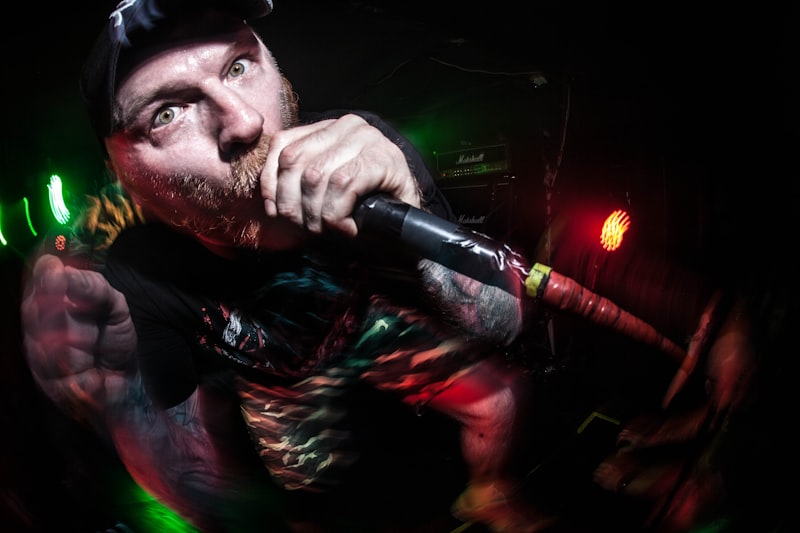
What sets death metal apart is not just its music but also its impact on cultural spheres. Its lyrics often delve into taboo subjects like death, violence, and the macabre, challenging societal norms and sparking controversy. Yet, this genre has fostered a tight-knit community of fans who embrace its rebellious spirit and raw energy. Concerts are cathartic experiences where fans mosh and headbang in unison, creating an atmosphere of both chaos and camaraderie.
Beyond its sonic aggression, death metal has influenced diverse facets of global culture. It has inspired visual arts, with album covers and merchandise featuring elaborate, often grotesque artwork that reflects the genre’s themes. Moreover, fashion within the death metal scene ranges from black attire adorned with band logos to elaborate corpse paint, creating a distinct visual identity.
In addition to its cultural influence, death metal has also sparked academic interest. Scholars analyze its impact on music theory, its role in subcultural communities, and its psychological effects on listeners. This genre continues to evolve, blending with other styles like progressive metal and incorporating technical innovations that push the boundaries of musical complexity.
As death metal persists in the global music landscape, its legacy remains contentious yet undeniably influential. Whether celebrated for its artistic merit or criticized for its provocative nature, one thing is certain: death metal continues to captivate audiences and challenge perceptions worldwide.
Beyond the Noise: The Artistry and Technical Mastery Behind Death Metal
Death metal isn’t just music—it’s a visceral experience that transcends conventional genres. It’s a sonic landscape where raw aggression meets technical brilliance, creating a symphony of intensity that captivates listeners worldwide. At its core, death metal pushes the boundaries of musical expression, challenging both musicians and audiences alike.

What sets death metal apart is its uncompromising approach to sound. From blistering guitar riffs to thunderous drum beats, every element is meticulously crafted to evoke powerful emotions. The genre thrives on complexity, with musicians often displaying virtuosic skills that push the limits of their instruments. This technical mastery is not just about speed and precision but also about innovation and pushing the boundaries of what is musically possible.
Yet, amidst the intensity, there lies a profound artistry. Death metal lyrics delve into dark themes—mortality, existential dread, and the human condition—reflecting a deeper philosophical exploration. Vocalists growl and scream, conveying a primal energy that resonates with the chaotic realities of life.
Instruments themselves become weapons of expression, with guitarists using techniques like tremolo picking and palm muting to create a wall of sound that engulfs the listener. Drummers unleash frenetic blast beats and intricate polyrhythms, driving the music forward with relentless energy.
The production of death metal albums is a meticulous process aimed at capturing the genre’s essence. Producers balance raw power with clarity, ensuring that every note and growl is heard with maximum impact. This attention to detail extends to album artwork and aesthetics, which often reflect the genre’s dark and intense themes.
From Underground to Mainstream: Death Metal’s Journey in the Music Industry
Initially confined to small, independent record labels and underground scenes, Death Metal bands like Death, Morbid Angel, and Cannibal Corpse built a fiercely loyal fanbase through relentless touring and word-of-mouth promotion. They thrived on the outskirts of the music industry, cultivating a subculture that celebrated extreme music and provocative imagery.
As the 1990s dawned, Death Metal began to attract broader attention. Major record labels, recognizing its growing popularity, started signing bands and distributing their albums to a wider audience. This shift marked Death Metal’s transition from underground obscurity to mainstream recognition, albeit within niche markets.
The genre’s rise to prominence was not without controversy. Its dark themes, graphic lyrics, and visceral imagery sparked debates about censorship and artistic expression. Yet, these very elements also fueled its allure, drawing listeners who craved music that pushed boundaries and challenged societal norms.
Today, Death Metal continues to evolve and diversify. Bands experiment with new sounds and incorporate influences from diverse musical genres, expanding its sonic landscape while staying true to its roots. Festivals dedicated to extreme music attract thousands of fans globally, showcasing Death Metal’s enduring appeal and cultural significance.

From its humble beginnings in underground clubs to its current status as a respected genre in the music industry, Death Metal’s journey reflects a story of resilience, passion, and the power of artistic expression. As it continues to evolve, one thing remains clear: Death Metal’s impact on music is profound and enduring, a testament to the enduring spirit of creativity and rebellion in the face of convention.

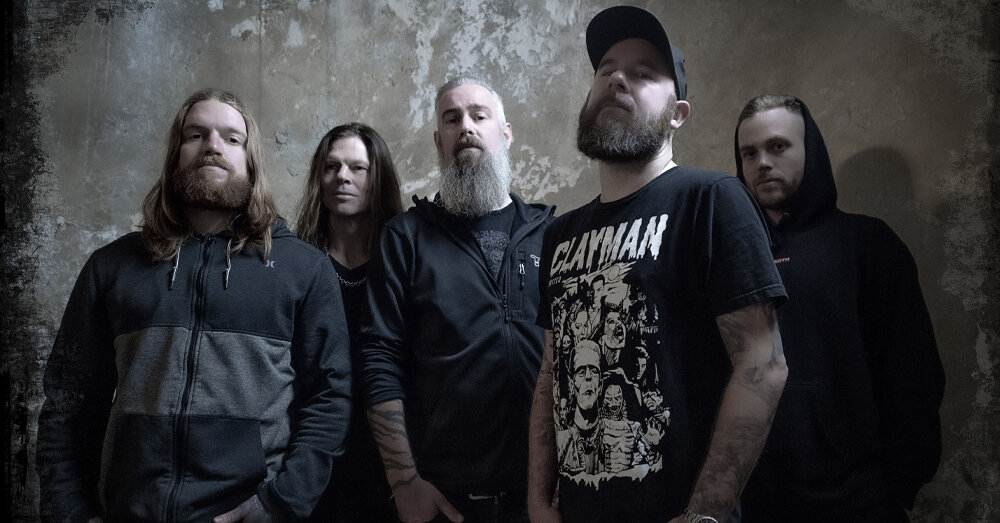
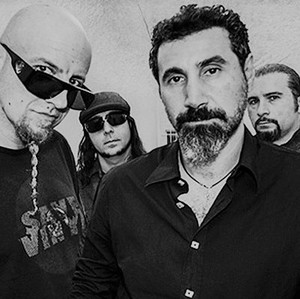

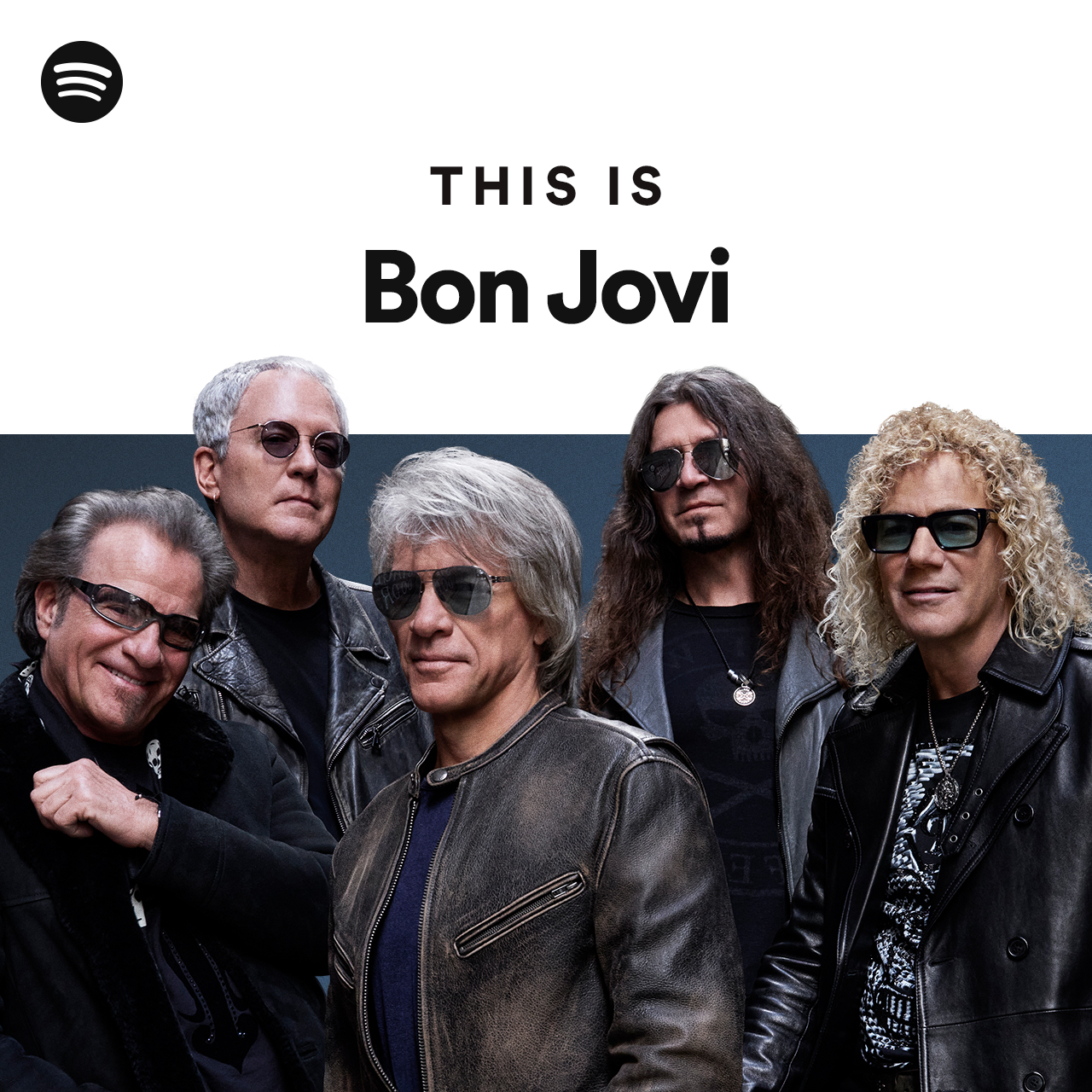




4 thoughts on “Death Metal”